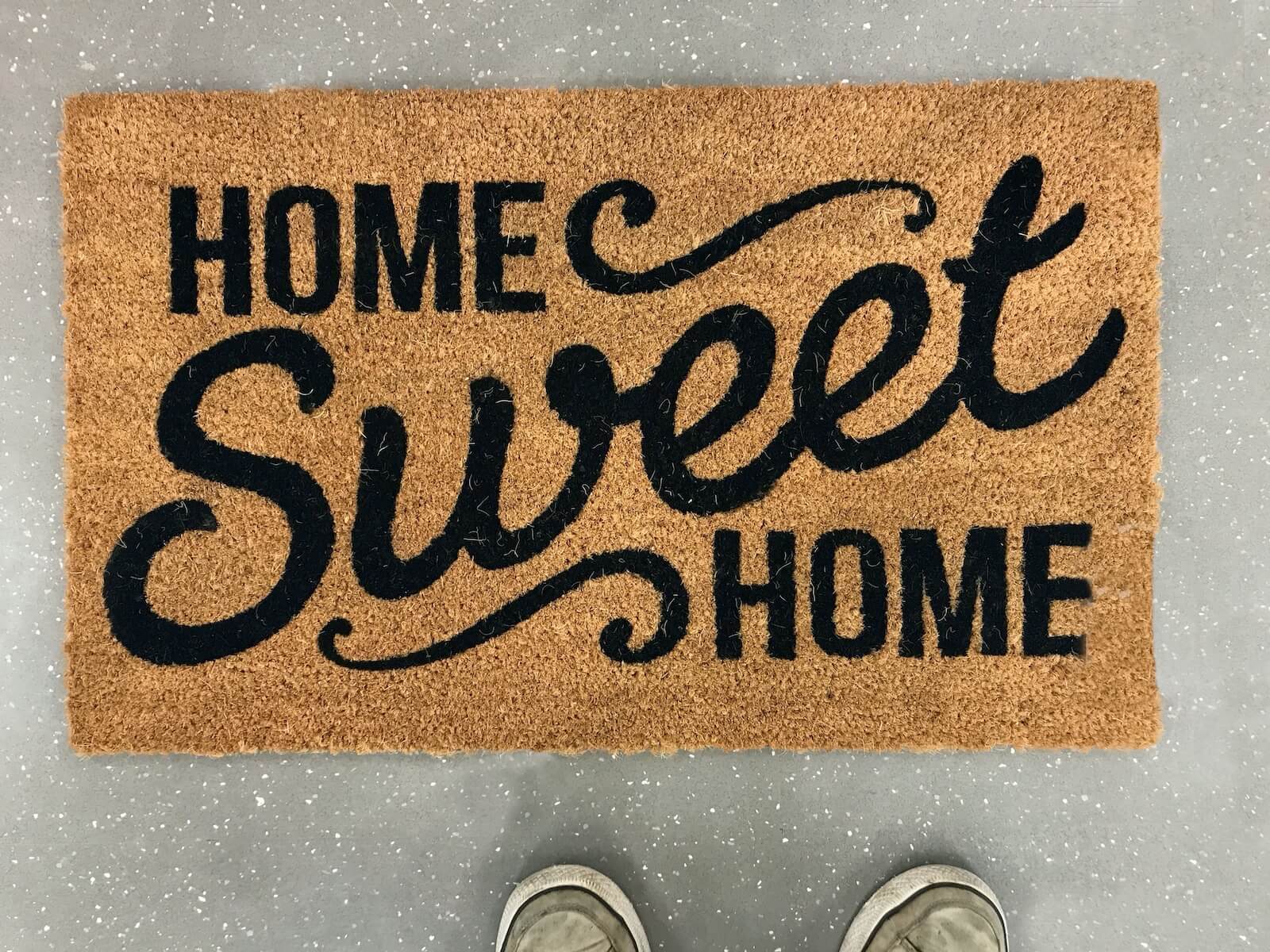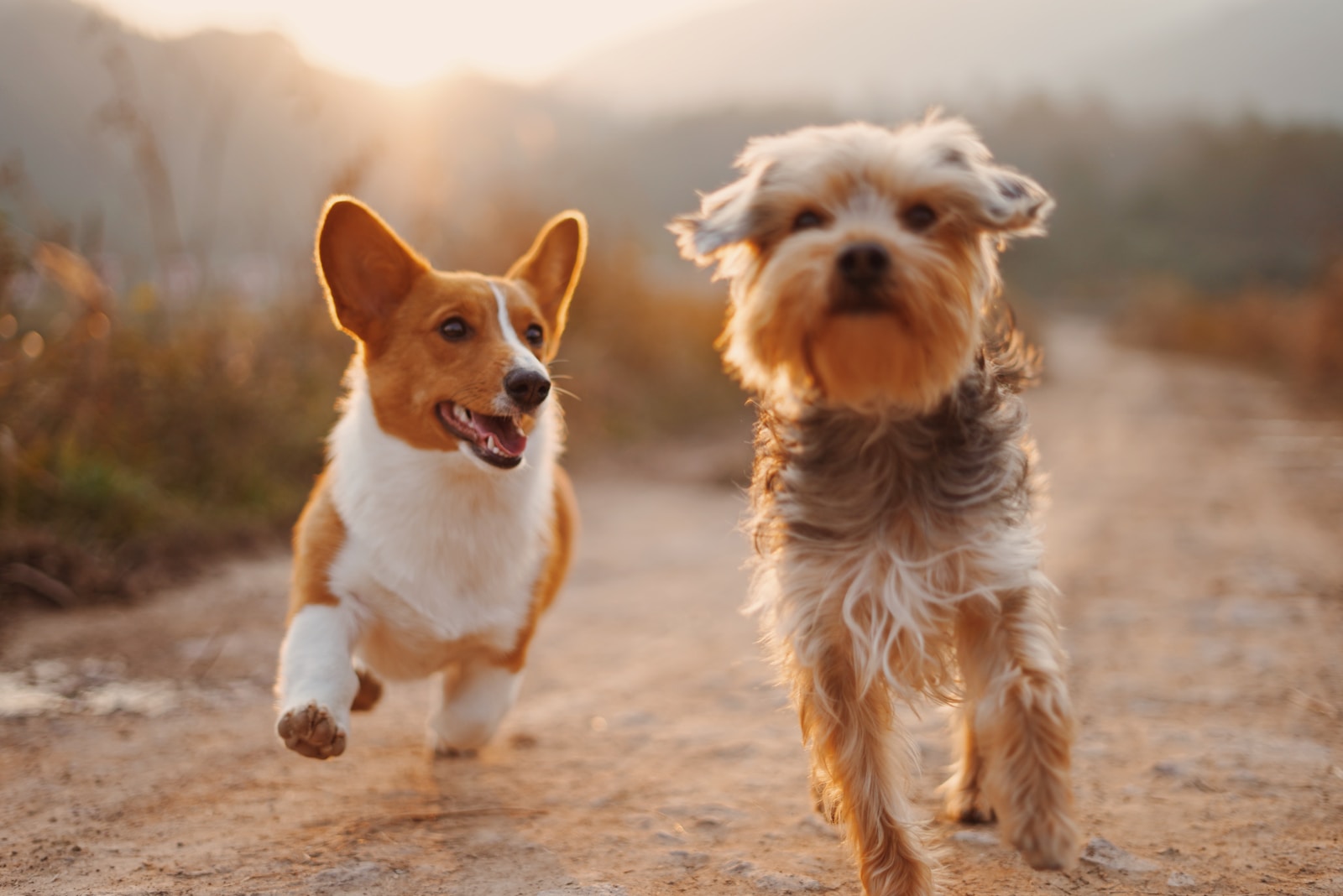Bringing a new puppy into your home is an exciting process filled with joy and anticipation. After all, who doesn’t love the thought of having a furry, little friend to share the house with? However, before you can start snuggling and playing with your new pup, you must take the necessary steps to puppy-proof your home. This can be a daunting task, but with proper planning and preparation, you can make your house a safe, comfortable, and enjoyable place for your pup to live. In this article, we’ll provide a step-by-step guide on how to puppy-proof your house, so you can rest easy knowing your pup is in a secure environment. From understanding your puppy’s needs to child-proofing your home, we’ll take you through the process of making your house a home sweet home for your new fur baby.
Understanding Your Puppy’s Needs
Every puppy is different and has different needs, so it’s important to understand what your pup requires so you can help them stay happy and healthy during their puppyhood and beyond. For example, puppies need lots of consistent training and socialization to learn how to be good members of your family. They also need lots of love, attention, and positive reinforcement to build a strong and healthy bond with you. In addition, puppies require a safe, clean, and comfortable living environment where they can rest, play, and grow. To ensure your pup is happy, healthy, and content, you must provide them with a safe and secure space where they can do all the things puppies love to do. This may seem like a lot to take on, but with the right knowledge and preparation, you can easily puppy-proof your home so your pup can enjoy their time growing up and exploring your home.
Preparing a Safe Play Area
Puppies love to play and explore, but they also enjoy having a safe and secure place to do this. To create a safe play area for your pup, you can either designate a room in your home or create a space outside. Regardless of which room you choose, it must be safe for your puppy, meaning it must be free of hazards that can hurt your pup, such as small toys, electrical wires, and loose wires. Your puppy play area should also be easy to clean and have proper ventilation, especially if you decide to designate an indoor room. You should also consider creating a perimeter around the room so your pup doesn’t try to leave the play area. You can use a baby gate or a fence so your pup doesn’t wander off while they’re playing.
Child-Proofing Your Home
Puppies are curious creatures, and they may explore your home and chew on items if you don’t take the proper steps to child-proof your home. To avoid this, make sure you’re keeping the following items out of your puppy’s reach: Your puppy may also like to chew on your furniture, electrical wires, and other belongings. To prevent this, you can puppy-proof your belongings by covering them with protective items, such as wrapping table legs in heavy-duty fabric or placing electrical wires in plastic tubing. You can also use chew toys to redirect your pup’s attention away from your belongings.
Creating a Puppy-Friendly Environment
One of the best ways to ensure your puppy feels safe and secure in their new environment is by making their surroundings comfortable and welcoming. As such, you should make sure your home is clean, tidy, and free of dangerous items that can harm your pup. Your home should also be warm and have an abundance of soft surfaces and materials, such as blankets, pillows, and rugs. These materials will help keep your puppy warm during the colder months and provide your pup with a soft and comfortable place to rest during the warmer months. You can also purchase dog-friendly décor items to personalize your home and make it more puppy-friendly.
Implementing a House Training Plan
One of the first things you should do after bringing your puppy home is start a house training plan. This includes setting up a proper potty schedule that works with your puppy’s biological needs. Your house training plan should also include finding ways to minimize the amount of accidents your puppy has in the house so they learn what the proper place to relieve themselves is. To minimize accidents, be sure to take your puppy outside at least every two hours and after they’ve eaten, played, or napped. You can also create a schedule for indoor potty breaks so your puppy knows when it’s time to relieve themselves indoors. When your puppy does go potty inside, use a word or phrase, such as “oops” or “no go,” to show them it’s not allowed. Then, clean up the mess and take your puppy outside to their designated potty spot, so they know what went wrong.
Securing the Home’s Exterior
Another important aspect of puppy-proofing your home is securing the exterior. This includes securing your yard so your puppy doesn’t escape and exploring the exterior of your home to make sure there aren’t any dangers, such as loose wires, electrical wires, and broken boards. Your yard should have a fence, gate, or other form of barrier that keeps your puppy inside the yard. You should also be sure to have your puppy microchipped so in the event they do escape, they can be easily tracked and returned to you.
Protecting Your Furniture and Upholstery
Puppies are known for their love of chewing, so you should expect your puppy to chew on items when they’re teething, bored, or just curious. This can be frustrating, especially if your puppy loves chewing on your furniture and other belongings. Fortunately, there are several ways you can prevent your puppy from chewing on your belongings: These solutions are easy to use, are inexpensive, and can help you protect your belongings from being destroyed by your teething puppy.
Protecting Your Belongings
Puppies are curious creatures, and they’ll likely explore your belongings and chew on items, especially if they’re left out in the open. This can be frustrating, especially if your puppy chews on expensive items, such as your electronics. Fortunately, there are several ways you can protect your belongings from being destroyed by your puppy. You can either purchase protective items, such as electrical outlet covers, or put your belongings away where they’re out of your puppy’s reach. You should also be sure to keep loose wires in your home out of reach, as they can easily be chewed through or become a choking hazard for your puppy.
Establishing Pet-Proof Rules
Whether you have a puppy or an adult dog, you should have clearly defined pet-proof rules that all members of the family follow. This will help everyone understand what items are off limits and keep your belongings safe from being destroyed. To create these rules, sit down with your family and come up with a list of items that are off limits for your puppy or dog. Then, post these rules in a visible area, such as on the fridge or in the family room, so everyone knows what the rules are and can help enforce them.
Understanding the Importance of Veterinary Visits
Your new puppy will likely need to visit the veterinarian for their first vaccination appointment. This appointment is important for two reasons: It will help your puppy build a strong immune system and it will help you establish a relationship with your veterinary team. In addition to this, your veterinarian will be able to provide you with information on the best foods to feed your puppy, as well as any necessary grooming products. Your veterinarian will also be able to provide you with information on the best ways to house train your puppy and the best toys and activities you can engage your puppy with while they’re growing up. With the help of this guide, you can ensure your home is safe, secure, and comfortable for your new puppy. With proper preparation and guidance, you can reduce your puppy’s risk of injury, illness, and disease, while providing them with a safe and happy environment to grow up in.



